Heat waves can do serious damage to your plants, even the ones that usually seem indestructible. One scorcher after another, and suddenly your once-thriving garden looks tired, crispy, and beyond saving. It’s frustrating—you water more, shade more, and still things go south. Turns out, it’s not just about watering extra. In fact, that can sometimes make things worse.
The truth is, plants handle extreme heat very differently than we expect. Timing, technique, and choosing the right strategies all make a difference in keeping them alive when the temperatures climb. These 14 tips are based on what actually works in real gardens during real heat waves—not just what sounds good on paper.
Mulch Magic
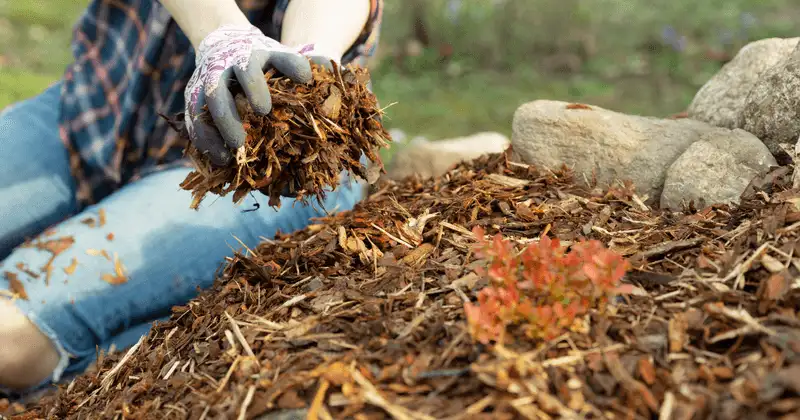
Mulch acts as a protective blanket for your plants. By covering the soil with mulch, you help to keep the ground cool and retain moisture. It’s like giving your plants a sun hat and a water bottle all at once. In addition to preserving moisture, mulch also prevents weeds, which can compete for limited water resources.
A variety of materials can be used, such as straw, wood chips, or even grass clippings. Choose what suits your garden aesthetic best. With proper mulching, your plants will enjoy a cooler, more hydrated environment, helping them thrive through heat waves.
Shade Solutions
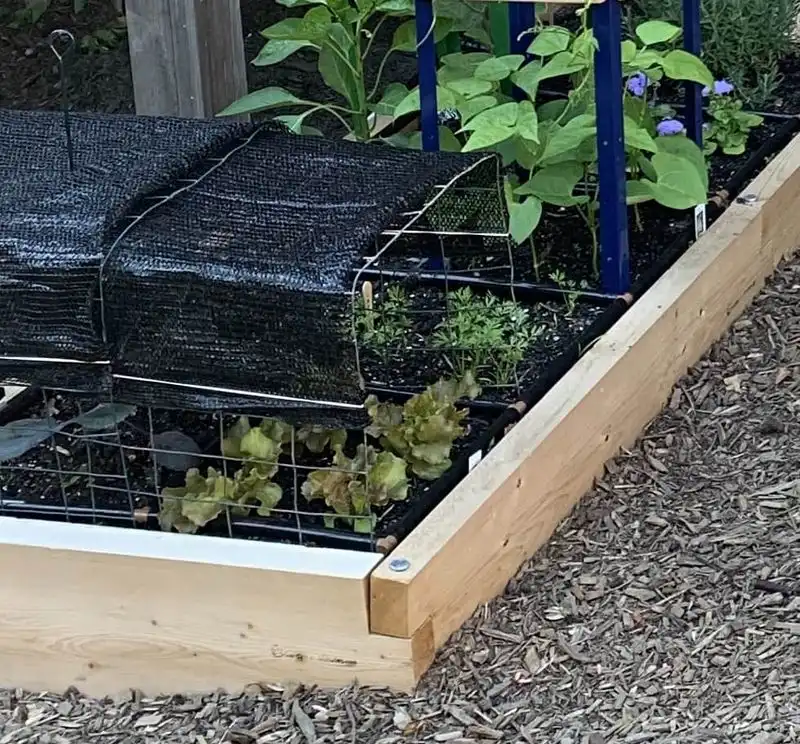
Creating shade is essential for protecting plants from intense sunlight. You can use cloth, umbrellas, or even larger plants to provide this much-needed relief. Think of it as giving your garden a beach umbrella!
Shading not only reduces direct sun exposure but also lowers the surrounding temperature. This can be a game-changer in preventing sunburn on sensitive leaves.
Remember, the goal is to filter sunlight, not block it entirely, ensuring your plants receive the right balance of light and protection.
Hydration Timing
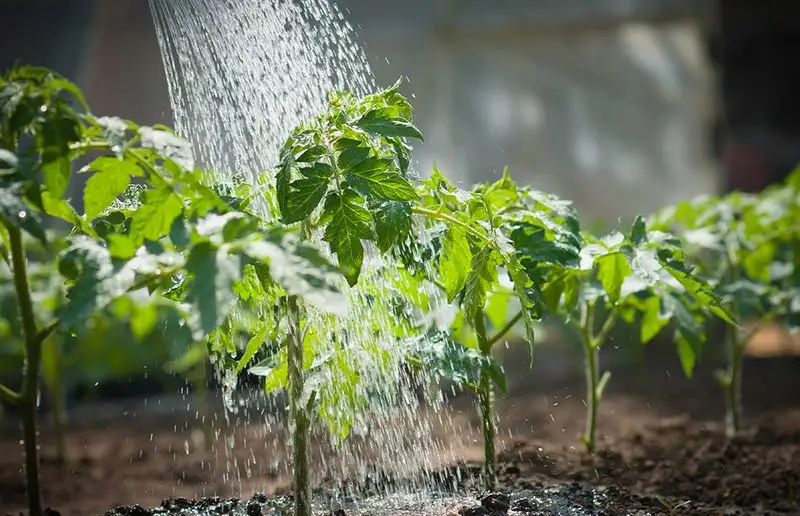
Watering your plants at the right time can make a significant difference. The early morning is ideal, as it allows water to soak deep into the soil before the heat of the day causes evaporation.
This timing ensures that plants have enough moisture for the day ahead, reducing stress from heat. Avoid watering during peak sunlight hours, as it can lead to water wastage and even scorch plant leaves.
As the day warms, the soil retains the cool moisture, creating a comfortable environment for plant roots.
Deep Watering Techniques
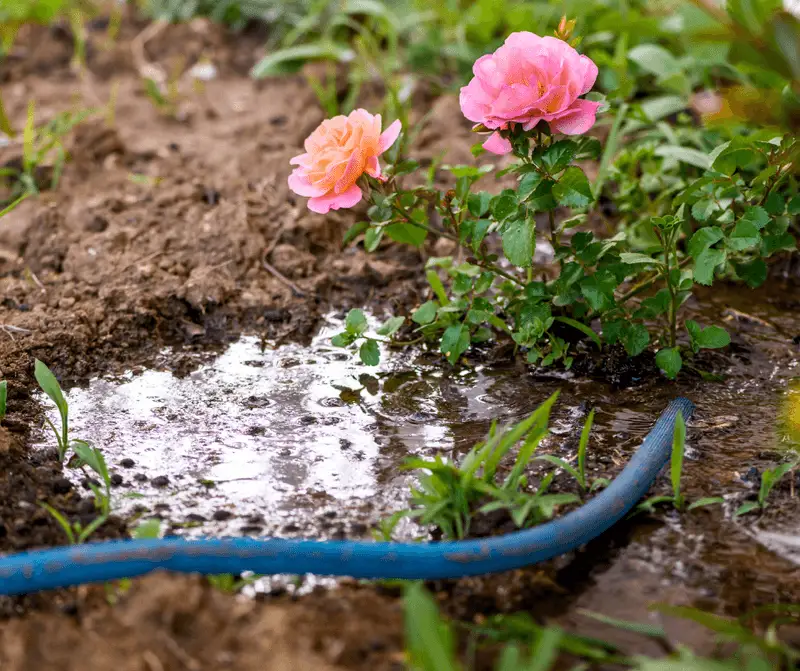
Deep watering is crucial during heat waves. It means providing water directly to the roots, where plants need it most. Tools like soaker hoses or drip irrigation systems are excellent for this purpose.
By encouraging roots to grow deeper into the soil, plants become more resilient and better equipped to withstand heat stress. Shallow watering can lead to weak root systems and increase vulnerability.
Regularly check soil moisture levels to ensure consistency, adapting your watering schedule as needed.
Wind Barriers
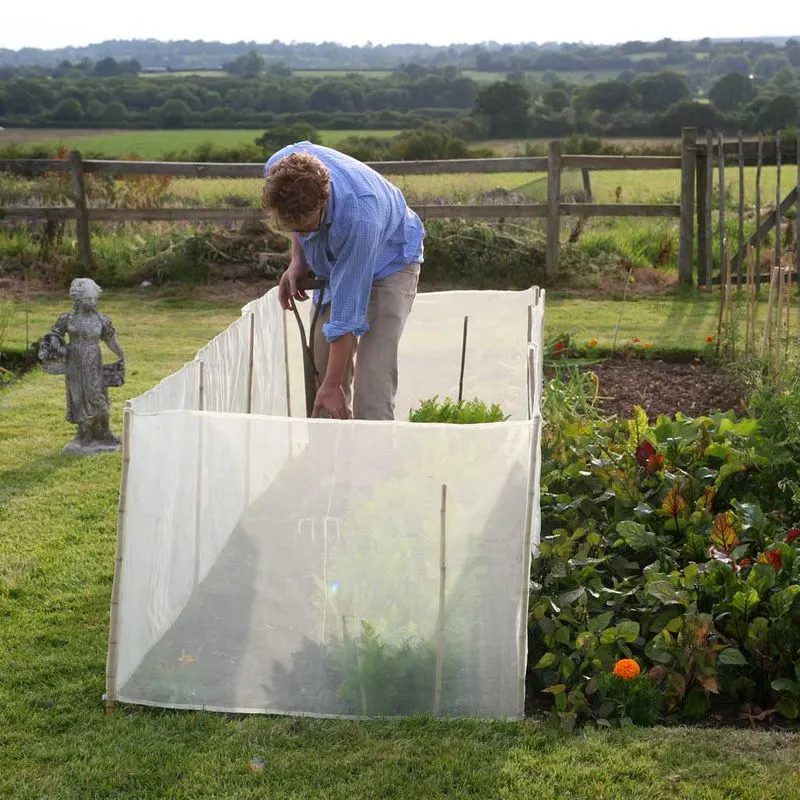
Strong winds can exacerbate the drying effects of heat, leaving plants parched. Creating wind barriers, such as hedges, fences, or even strategically placed garden furniture, can shield plants from these harsh gusts.
Besides reducing wind speed, barriers help maintain humidity levels and protect fragile stems and leaves from physical damage. This is especially beneficial for taller plants or those with broad leaves.
Incorporating wind barriers can ensure a more stable microclimate for your garden, aiding in plant survival.
Water Retaining Gels
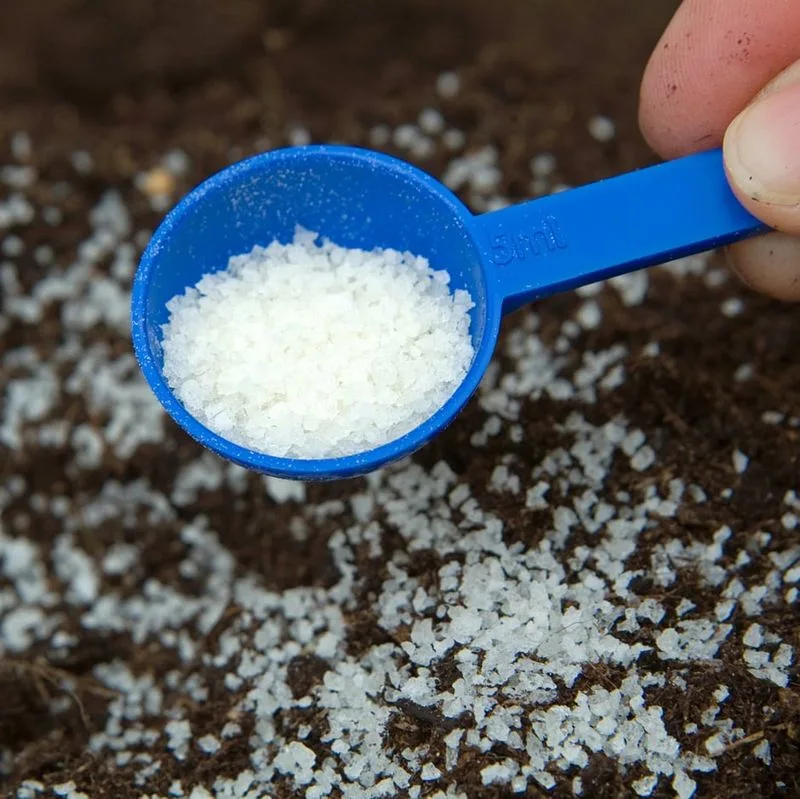
Water-retaining gels are a boon for gardeners during dry spells. These gels absorb water and release it slowly, providing a consistent moisture supply to plants. Ideal for potted plants or hanging baskets, they reduce the frequency of watering.
By integrating these gels into your soil, you create a reservoir that ensures plants receive a steady water supply even during intense heat.
Such an innovation is perfect for those who travel or cannot water plants frequently, maintaining plant health with minimal effort.
Smart Plant Selection
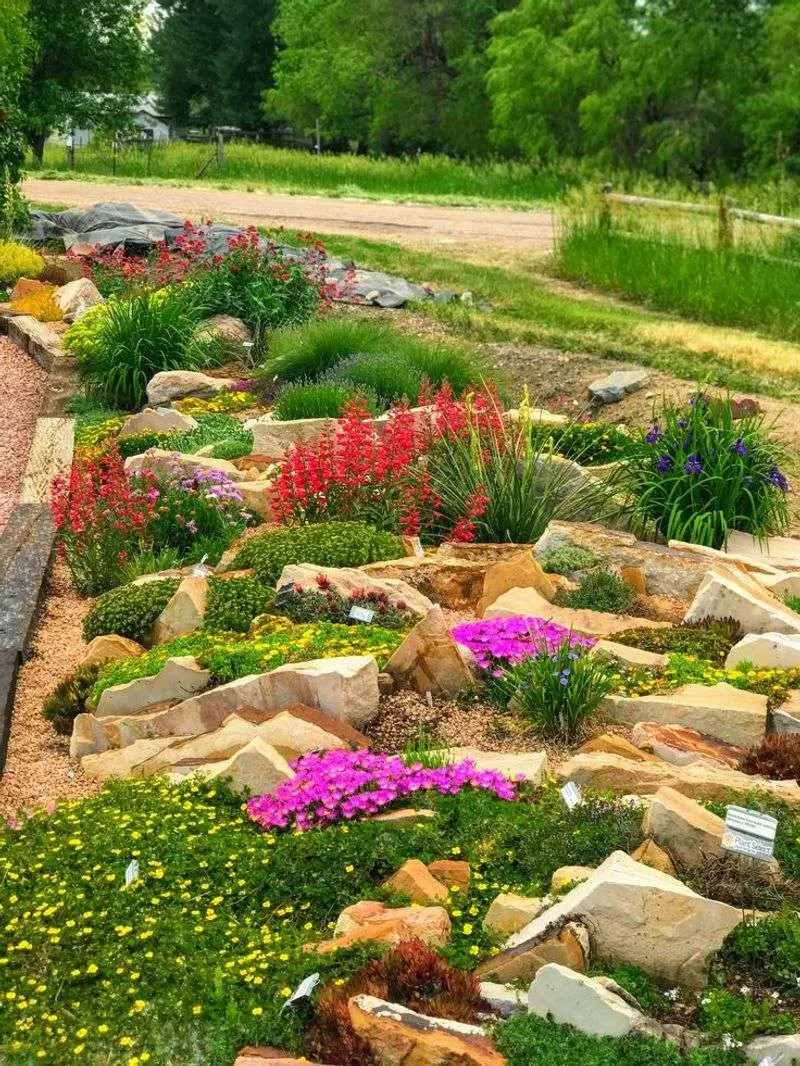
Choosing the right plants is key to surviving heat waves. Opt for drought-tolerant varieties, which naturally require less water and are more resilient to high temperatures.
Plants like succulents, lavender, or native species have adapted to thrive in arid conditions. By incorporating these into your garden, you reduce the demand for water and increase the likelihood of plant survival.
Consider the local climate and soil conditions when selecting plants, creating a garden that’s both beautiful and sustainable.
Soil Health Boosters
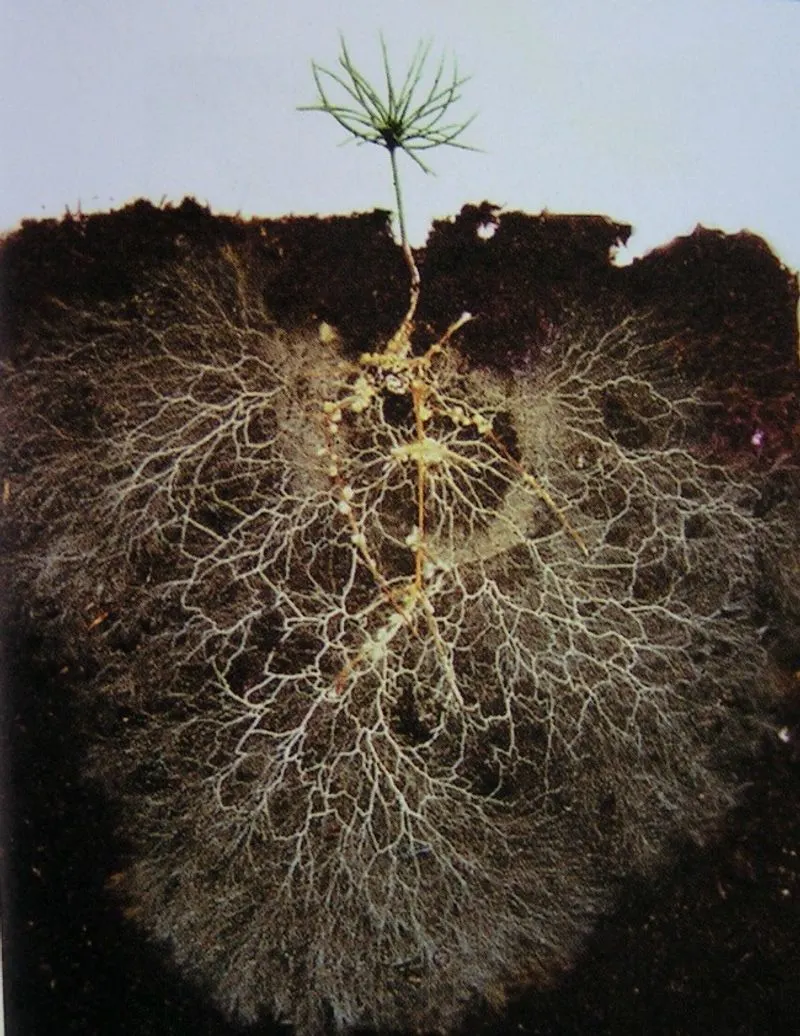
Healthy soil is the foundation of a thriving garden. Adding organic matter like compost or well-rotted manure improves soil structure and water retention. This creates a nutrient-rich environment conducive to plant growth.
By boosting soil health, you enhance its ability to hold moisture, reducing the need for frequent watering. This is particularly beneficial in sandy soils, where water can quickly drain away.
A robust soil ecosystem also supports beneficial microbes and insects, contributing to a balanced garden habitat.
Companion Planting
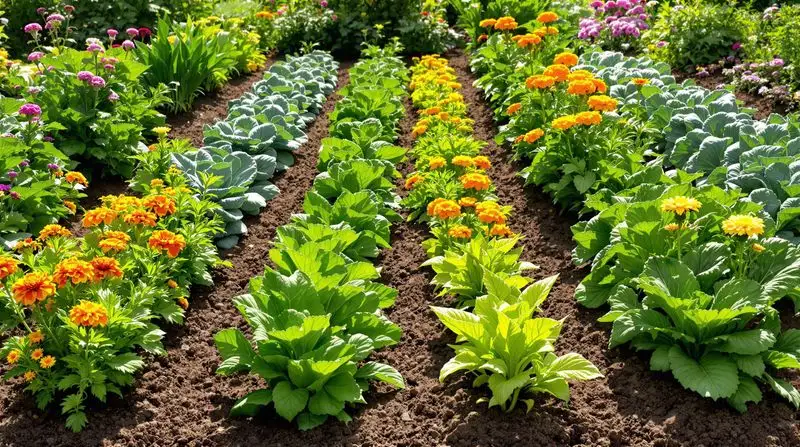
Companion planting involves growing certain plants together to enhance growth and pest resistance. Some plants provide shade, while others deter pests or improve soil quality.
For example, basil can deter pests from tomatoes, while marigolds add color and repel insects with their scent. Such combinations can optimize space and resources, especially during heat waves.
Strategically planning your garden layout with companion plants can lead to healthier, more resilient plants, creating a harmonious and productive garden environment.
Pot Positioning
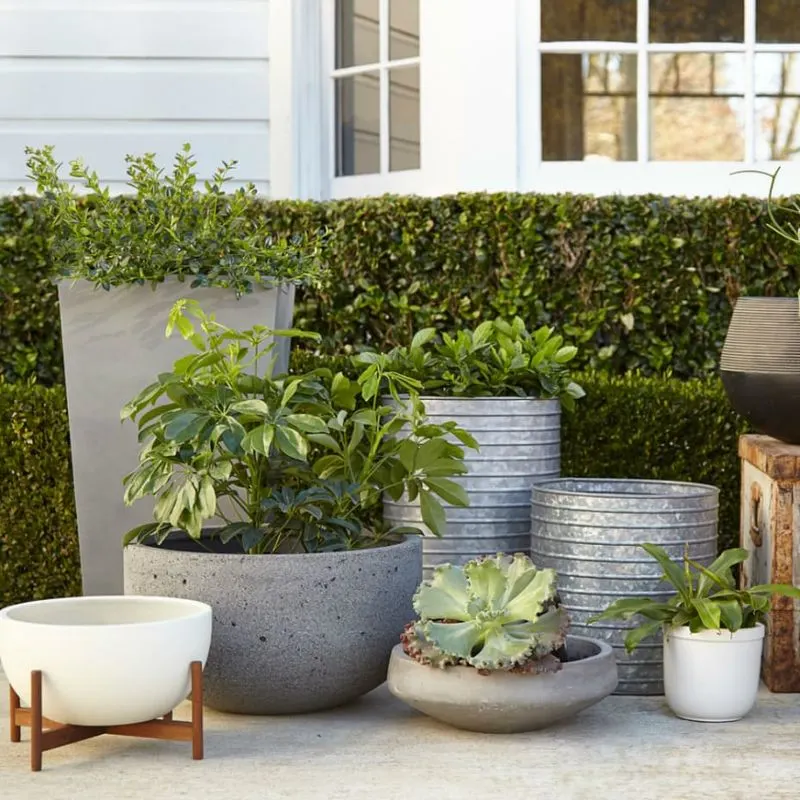
The placement of potted plants can significantly impact their ability to withstand extreme heat. Arranging pots in groups creates a microclimate, reducing stress from direct sunlight.
Utilizing natural shade from trees or buildings also provides relief. Rotating pots periodically ensures even sun exposure and prevents overheating.
Strategically positioning pots can make a noticeable difference in plant health, reducing the risk of wilting or sunburn during heat waves.
Reflective Mulch

Reflective mulch is a modern twist on traditional mulching methods. By reflecting sunlight away, it reduces soil temperature and conserves moisture.
This innovative approach is particularly effective for vegetable gardens where heat can affect crop yield. The reflective surface also deters some pests, providing an added benefit.
Incorporating reflective mulch can lead to healthier plants and potentially higher yields, making it a valuable addition during heat waves.
Cooling Misters
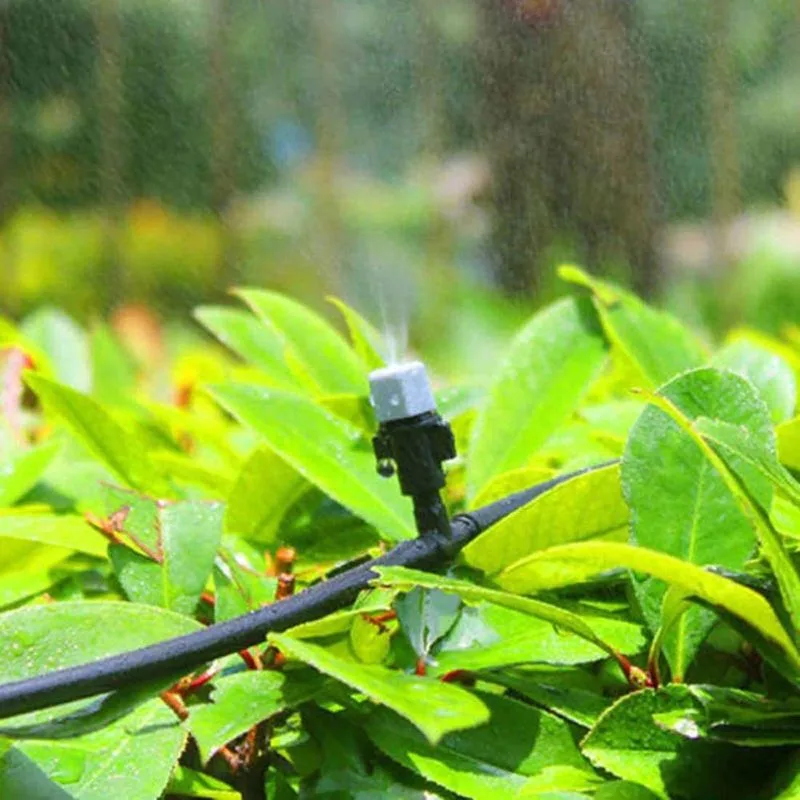
Misters provide a fine spray of water, cooling the air and increasing humidity around plants. This cooling effect can be a lifesaver during blistering heat waves, reducing plant stress.
Setting up a misting system is relatively simple and can be automated for convenience. The fine mist can also help deter pests like spider mites, which thrive in dry conditions.
With minimal water usage, misters create a refreshing environment, helping plants remain vibrant and healthy.
Plant Acclimatization
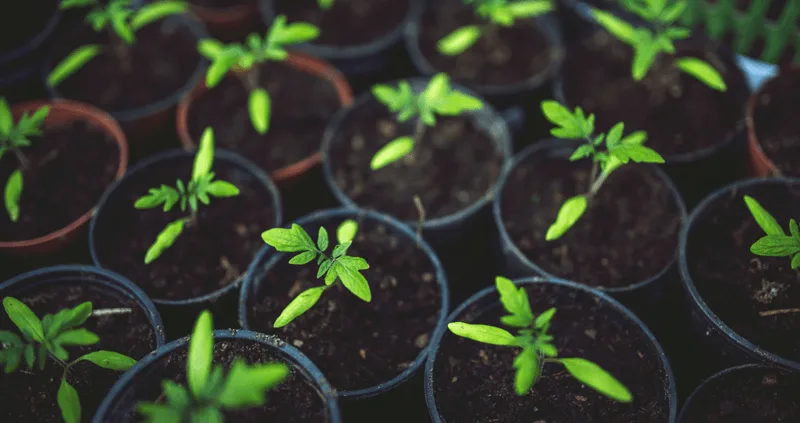
Acclimatizing plants gradually exposes them to increasing sunlight, helping them adjust to heat without shock. This is especially important for young plants or those moved outdoors after indoor growth.
Start by placing plants in shaded areas, slowly increasing sun exposure over a week or two. This gradual adjustment boosts their resilience and reduces the risk of sunburn.
Acclimatization strengthens plant defenses, ensuring they are well-prepared to face heat waves, thriving in their environment.
Rainwater Harvesting
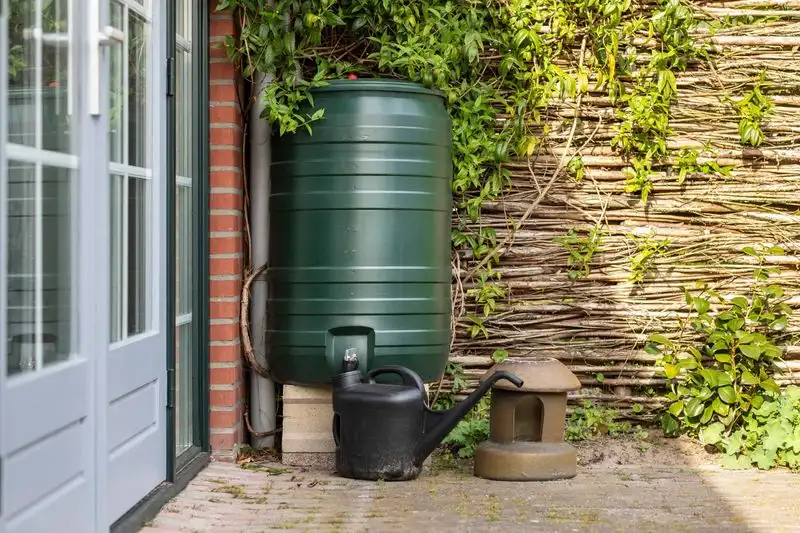
Rainwater harvesting is an eco-friendly way to provide water to your garden during heat waves. Collecting and storing rainwater in barrels ensures a sustainable water supply when rainfall is scarce.
This method conserves tap water and reduces utility costs, making it both economical and environmentally conscious. Using rainwater also benefits plants, as it lacks the chemicals found in treated water.
Implementing a rainwater harvesting system supports sustainable gardening practices, keeping your plants hydrated and vibrant through challenging weather.

